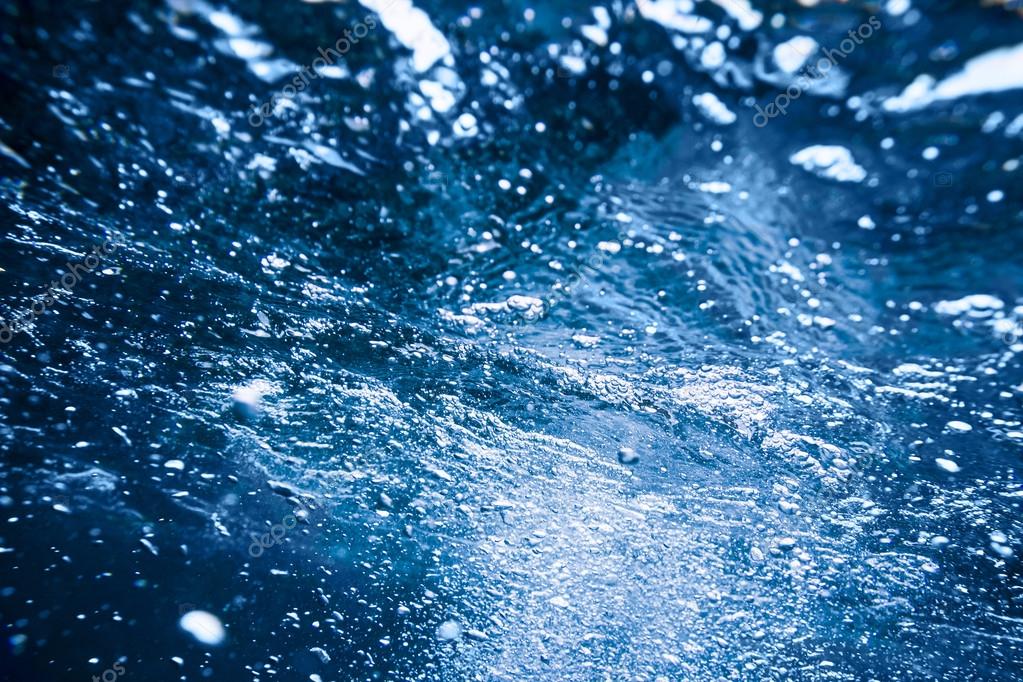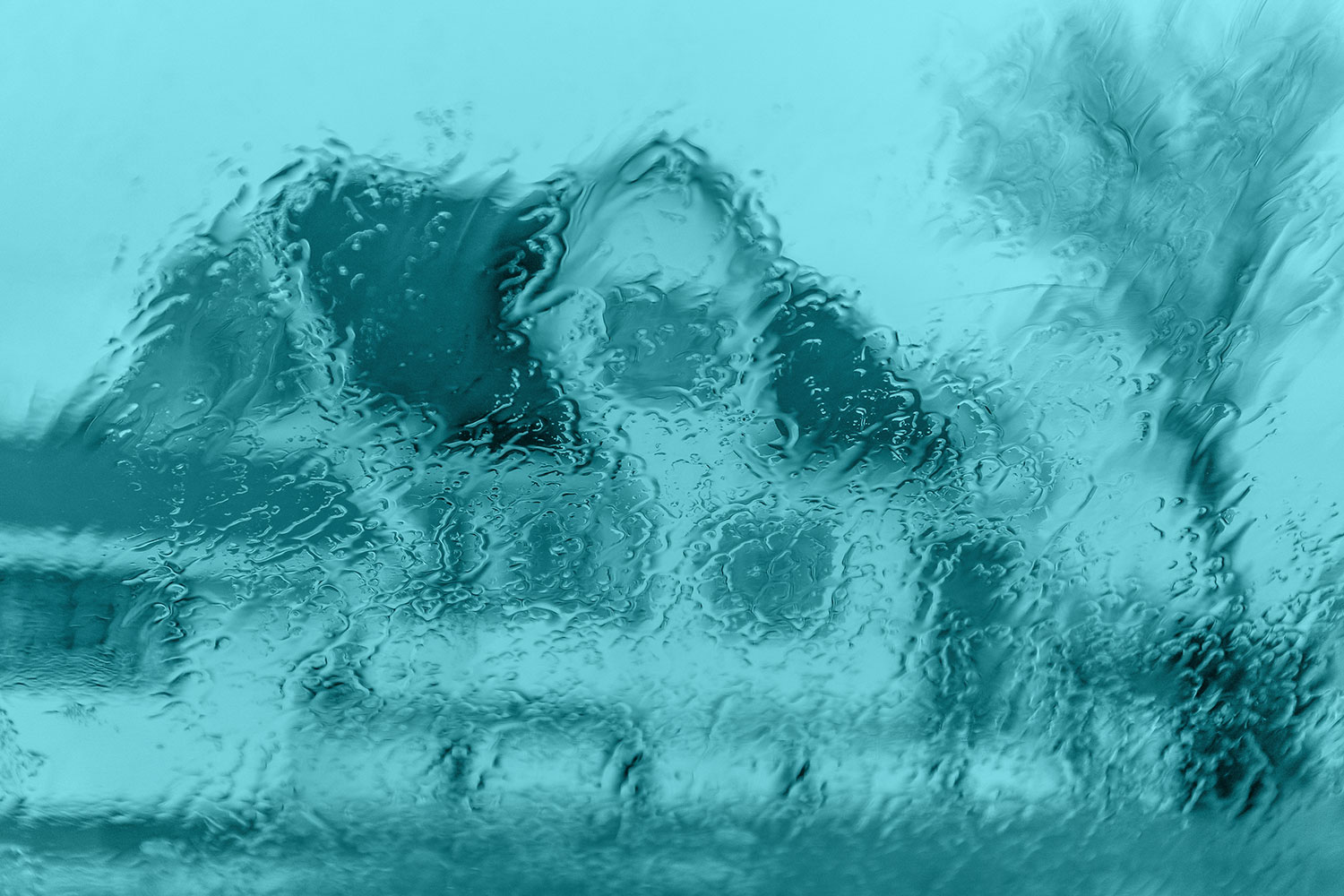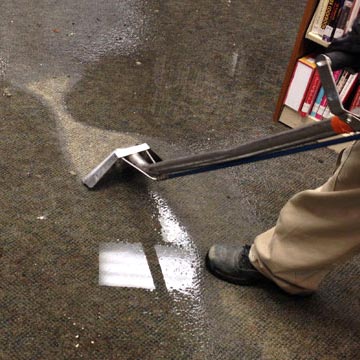
Rapid Response
Day or Night
In Business
over 20 Years
Highly Rated
on Google!
Your Questions, Answered: Water Pro FAQ
Got questions about water damage restoration, water removal, or mold removal? Our FAQ page covers everything you need to know about our expert services. From timelines and processes to prevention tips, find clear answers to help you make informed decisions. Let Water Pro guide you through every step of the restoration journey!
First Step FAQs
What are the first steps I should take after a flood in my home?:
Safety First: Ensure your safety and the safety of your family. If the water is deep or the structure is unstable, evacuate immediately.
Stop the Water Source: If possible, turn off the main water supply to your home. Locate the main water shut-off valve and turn it to the “off” position.
Document the Damage: Take photos and videos of the damage throughout your home. This documentation will be crucial for your insurance claim.
Contact Your Insurance Company: Notify your insurance company immediately about the flood.
Begin the Drying Process: If possible, begin removing excess water with pumps or mops. Open windows and doors to improve air circulation.
What are the common methods used to remove water from a flooded home?:
Extraction: Powerful pumps are used to remove standing water.
Dehumidification: Industrial-strength dehumidifiers are used to remove moisture from the air and help dry out affected areas.
Air Movement: Fans are used to circulate air and accelerate the drying process.
When should I call a professional water damage restoration company?
Extensive Water Damage: If the flood is severe, involves significant structural damage, or you suspect mold growth.
Lack of Expertise: If you feel overwhelmed or lack the necessary equipment or expertise to handle the cleanup and restoration process.
Insurance Claims: A professional restoration company can help document the damage and assist with your insurance claim.
What are the costs associated with water damage restoration?
Factors: Costs vary greatly depending on the extent of the damage, the size of the affected area, the necessary repairs, and the chosen restoration methods.
Insurance Coverage: Your insurance policy may cover some or all of the restoration costs.
Water Damage Restoration FAQs
What is water damage restoration?
Water damage restoration involves assessing, cleaning, drying, and repairing areas impacted by water to return them to their pre-damage condition. This includes removing water, sanitizing the area, and repairing structural damage caused by leaks, floods, or other water-related incidents.
How long does water damage restoration take?
The timeline varies depending on the extent of the damage, but most restoration projects take 3–7 days. Larger-scale damage or more severe situations, such as prolonged water exposure, may take longer.
Is water damage restoration covered by insurance?
Many homeowner insurance policies cover water damage restoration caused by sudden and accidental events, such as burst pipes. However, damage from neglect or lack of maintenance may not be covered. Contact your insurance provider to confirm coverage.
What are the common causes of water damage?
Water damage can be caused by natural disasters (e.g., floods), plumbing issues (e.g., burst pipes or leaks), appliance malfunctions, roof leaks, and clogged drains. Identifying the source early is crucial to minimizing damage.
Why is quick action important after water damage?
Delaying water damage restoration can lead to mold growth, structural weakening, and further property damage. Addressing the issue quickly prevents secondary problems and reduces restoration costs.
Water Removal FAQs
What is the process for water removal?
Water removal involves using industrial pumps, vacuums, and dehumidifiers to extract standing water and moisture from the affected area. Once removed, drying equipment ensures the property is free from residual dampness.
How soon should water removal begin after a flood?
Water removal should start as soon as possible, ideally within 24–48 hours. Prompt action reduces the risk of mold growth and minimizes damage to walls, floors, and belongings.
Can I perform water removal myself?
While small spills can often be handled with household equipment, large-scale water removal requires professional-grade tools and expertise. Professionals ensure thorough removal and prevent hidden water damage.
What factors affect the cost of water removal?
The cost depends on the amount of water, the extent of the affected area, the type of water (clean, gray, or black), and the equipment needed for the job. Insurance coverage may offset costs.
Is water removal safe for electrical systems?
During water removal, professionals take precautions to ensure safety around electrical systems. Power is often shut off in affected areas to prevent electrical hazards.
Mold Removal FAQs
How do I know if I have mold in my home?
Signs of mold include a musty odor, visible spots or stains (black, green, or white) on surfaces, and increased allergy symptoms like sneezing or respiratory issues. Professionals can confirm mold presence with an inspection.
Is mold removal the same as mold remediation?
Mold removal focuses on physically removing mold, while mold remediation addresses the root cause, prevents future growth, and restores the affected area. Both are essential for long-term solutions.
Can I remove mold myself?
Small areas of mold (less than 10 square feet) can sometimes be addressed with household cleaners. However, professional removal is recommended for larger infestations or toxic mold to ensure safety and complete eradication.
How long does mold removal take?
The timeline depends on the extent of the mold infestation. Small projects may take a day, while larger infestations or those requiring structural repairs could take several days to weeks.
How can I prevent mold after removal?
Prevent mold by controlling humidity levels, fixing leaks promptly, ensuring proper ventilation, and using dehumidifiers in damp areas like basements or bathrooms. Regular inspections can catch issues early.
Fire Damage Restoration FAQs
What does fire damage restoration involve?
Fire damage restoration includes cleaning soot and smoke residue, repairing structural damage, removing odors, and restoring the property to its pre-fire condition. This comprehensive process ensures safety and livability.
How soon should fire damage restoration begin?
Restoration should begin as soon as possible after the fire is extinguished. Quick action minimizes further damage from soot, smoke, and water used to extinguish the fire.
Can I clean up fire damage myself?
While small areas of smoke residue may be manageable, professional fire restoration services are necessary for thorough cleaning, odor removal, and structural repairs to ensure safety and efficiency.
Does fire damage restoration include water damage repair?
Yes, fire damage restoration often includes water damage repair caused by firefighting efforts. This ensures that all forms of damage are addressed to fully restore the property.
Is fire damage restoration covered by insurance?
Most homeowner insurance policies cover fire damage restoration. Your insurance company may cover repairs, cleaning, and restoration costs depending on the policy terms. Contact your provider for details.
Aftermath FAQs
How can I prevent flooding in my basement?
Install a Sump Pump: A sump pump removes water that collects in the lowest part of your basement.
Improve Drainage: Ensure proper grading around your home to direct water away from the foundation.
Maintain Gutters and Downspouts: Keep gutters and downspouts clean to prevent water from overflowing and damaging your foundation.
How can I prevent further water damage after a flood?
Address Electrical Issues: Do not use any electrical appliances or outlets that have come into contact with water. Have an electrician inspect your electrical system.
Prevent Mold Growth: Remove any wet materials like carpets, padding, and drywall as soon as possible. Increase air circulation and use dehumidifiers to reduce moisture levels.
Protect Your Health: Wear protective gear, such as gloves and a mask, when cleaning up floodwater.

Call (404) 822-8632 24/7 for stress-free service
In a water damage emergency, minutes count. The faster the problem is arrested, the less damage your home or business is likely to incur. We are a water damage restoration company with the tools, knowledge, and training to fix your problem quickly and correctly. Fast action can mean the difference between a minor inconvenience and a dangerous situation. Call us at (404) 822-8632 24 hours a day for fast response with real results!
"*" indicates required fields

